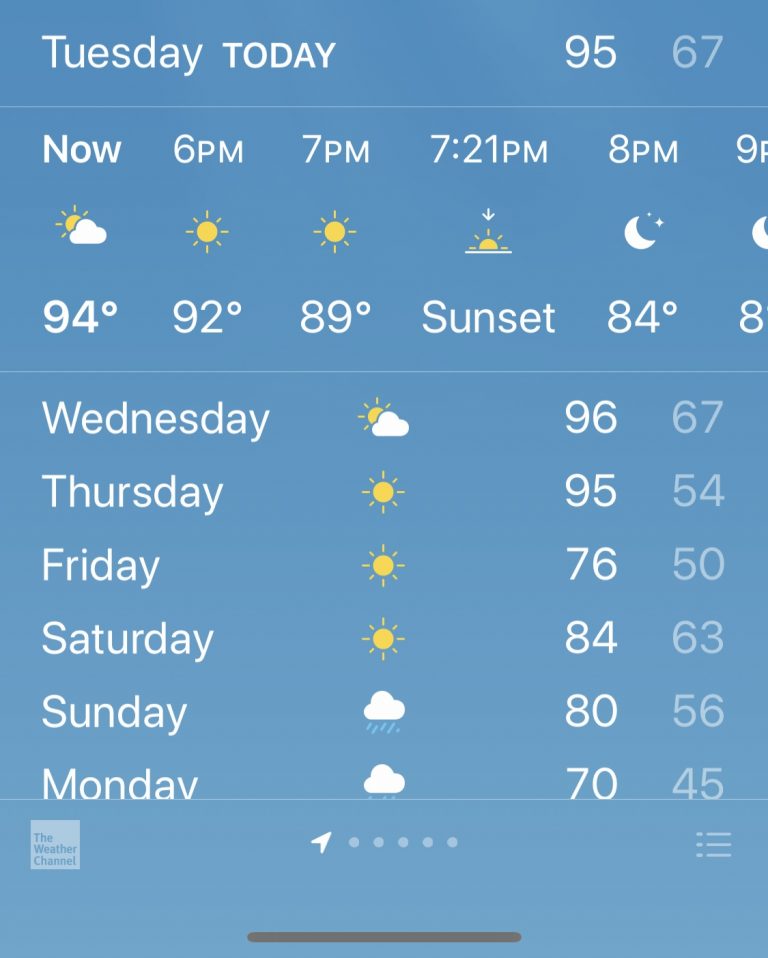September 2019 broke records almost a hundred years old. In 1925, the average temperature was
76.2°F, setting the record for the warmest September in Lexington.
As September 2019 began, it seemed like fall weather was just around the corner. Despite the cool
temperatures, the second week of the month brought a heat wave that lasted through the rest of the
month and into early October. The last week of the month broke records that had been in place since
the early 1900s.
By Sept. 29, LEX18 meteorologist Jill Szwed reported that this past September was the driest September
in Lexington history; this season tied for the longest dry spell ever at 37 days, a record set in 1908. Not
only was it the driest September, but the driest month on record for Lexington since October 1942,
which only had 0.11” of rain.
On Oct. 4, scientists determined more than 45 million people were suffering from a “flash drought.”
Drought conditions were accelerated, which caused lake levels to drop and the risk of wildfires to
increase. Kentucky wasn’t alone while it experienced the warmest and driest September on record.
States across the southeastern region, including Georgia, Alabama and South Carolina, all experienced
drought conditions.
The Kentucky Energy and Environment Cabinet issued a drought declaration that included every
Kentucky county. 78 of the counties fell under a serious Level 2 declaration, which states that
“substantial agricultural losses” and “increases in occurrence of wildfires” are possible.
The first week of October was the warmest Lexington has ever recorded, beating the record from 1941,
when the average temperature was 77.1°F. By the end of the week, a cold front moved through
Lexington and surrounding areas, and with it came a chance of much-needed rain.
Unfortunately, this cold front won’t end the drought that the heat brought to Kentucky. While light rain
showers are coming, meteorologists acknowledge that the state needs days of “soaking rain” to end the
drought. Since the drought lasted the entire month of September, more than a couple days of light rain
are needed to turn the natural emergency around.



